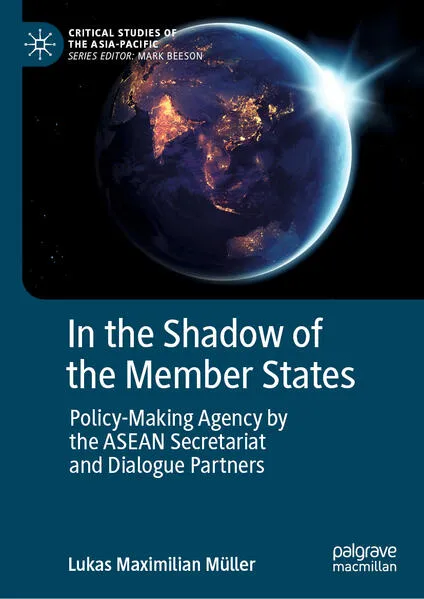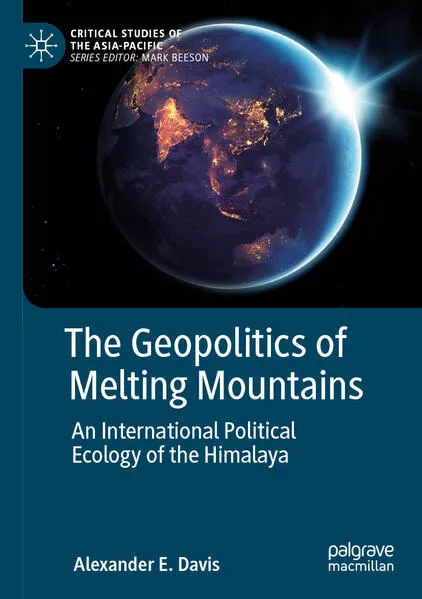Chronologie aller Bände (1 - 2)
Die Reihenfolge beginnt mit dem Buch "In the Shadow of the Member States". Wer alle Bücher der Reihe nach lesen möchte, sollte mit diesem Band von Lukas Maximilian Müller beginnen. Der zweite Teil der Reihe "In the Shadow of the Member States" ist am 04.06.2023 erschienen. Die Reihe umfasst derzeit 2 Bände. Der neueste Band trägt den Titel "In the Shadow of the Member States".
- Anzahl der Bewertungen für die gesamte Reihe: 1
- Ø Bewertung der Reihe: 4
Diese Reihenfolge enthält 2 unterschiedliche Autoren.
- Autor: Müller, Lukas Maximilian
- Anzahl Bewertungen: 0
- Ø Bewertung:
- Medium: Buch
- Veröffentlicht: 04.06.2023
- Genre: Politik
In the Shadow of the Member States
- Autor: Davis, Alexander E.
- Anzahl Bewertungen: 1
- Ø Bewertung: 4.0
- Medium: Buch
- Veröffentlicht: 13.06.2023
- Genre: Politik
The Geopolitics of Melting Mountains
The book addresses the urgent need for rethinking the geopolitics and ecology in the Himalaya, by emphasising the entanglements between these two factors. Most international relations analyses of the Himalaya emphasize the central role of the region’s states and their great power struggles. By reducing the region to its state actors, however, we miss the intense more-than-human diversity of the region, and the crucial role that the mountains play in the global environment.
In doing so, the book makes a major contribution to international relations theory by drawing on insights from international political ecology. It first theorises international political ecology and examines the Himalaya as a global region, before moving looking at the international aspects of political ecology in the Himalaya through key areas of the mountains where international politics and ecology are deeply, inextricably linked. It presents three detailed case studies of different environmentaland political issues in the Himalaya: icecaps (the India-China-Pakistan boundary dispute in the western Himalaya), foothills and forests (the Nepal-Bhutan-Sikkim borderlands), and rivers (the India-China Bangladesh dispute over the Brahmaputra River basin). Each case study draws on a mix of source materials including fieldwork, government sources, foreign policy discourse, Himalayan ethnographies, and environmental and ecological sciences scholarship.
